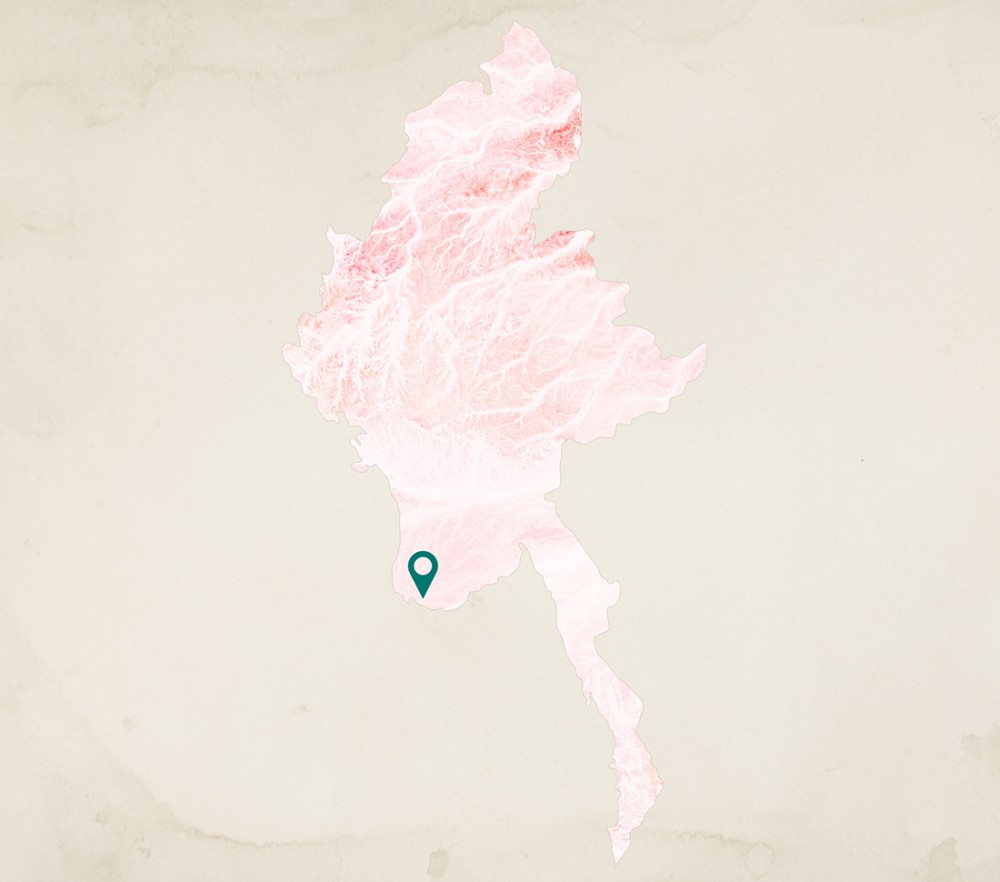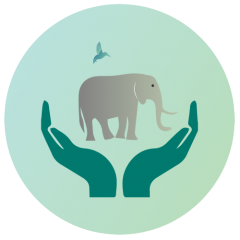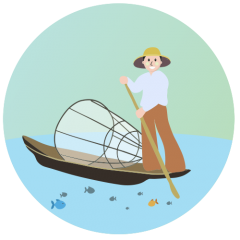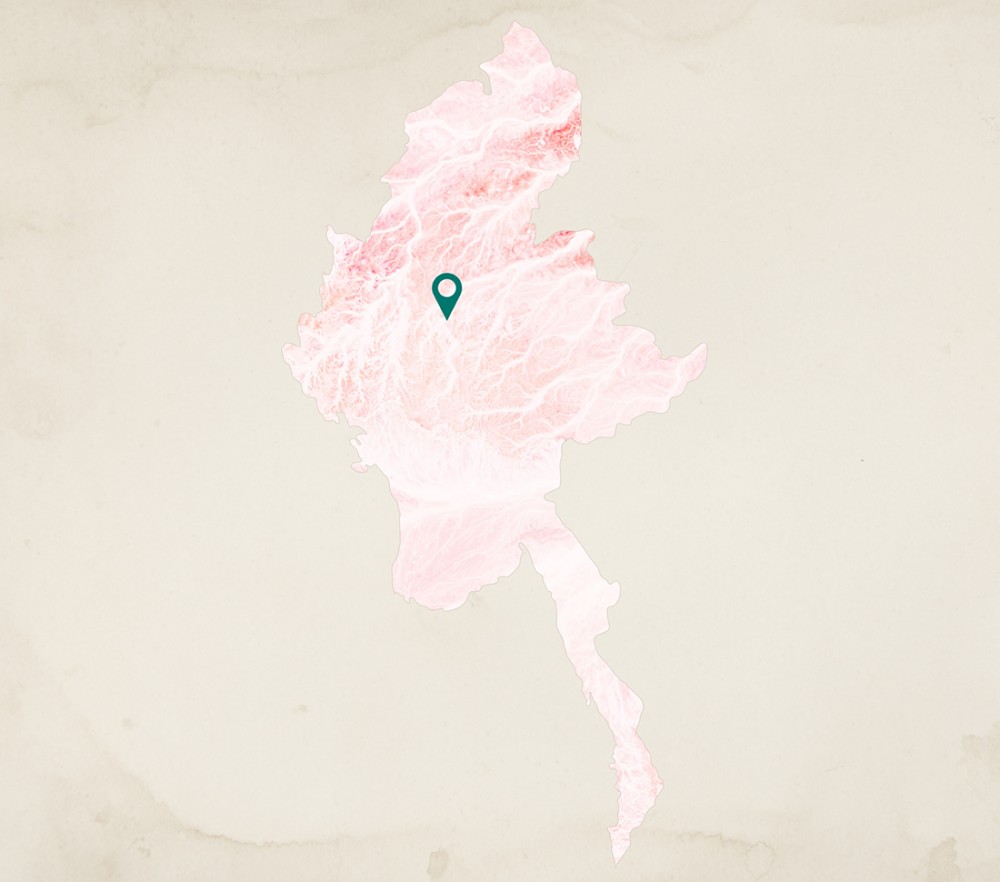

The Ayeyarwady Dolphin Protected Area (ADPA)
Background
The Irrawaddy Dolphin is critically endangered, with only about 79 left in the Ayeyarwady River in Myanmar. Human activities threaten their survival, such as pollution, overfishing, illegal fishing methods, excessive boat traffic.
The project
The small population of dolphins remaining in the Ayeyarwady lives north of Mandalay, between Mingun and Bhamo. A 74 km stretch of the river was set up by the Department of Fisheries (DoF) in 2005 as the Ayeyarwady Dolphin Protected Area (ADPA), where it is strictly forbidden to catch, kill or trade dolphins, to practice electrocution fishing, or to use certain types of nets. Gold mining was banned along the whole Ayeyarwady river in 2005. The DoF works with the Wildlife Conservation Society (WCS) to educate local people about Dolphin conservation and sustainable fishing practices, and support community-based ecotourism. They hold talks and workshops together, and conduct regular surveys of the dolphin population. DoF patrols the river to inform and enforce fishing regulations.
About the organization
Wildlife Conservation Society (WCS) is an international NGO whose mission is to save wildlife and wild places worldwide through science, conservation action, education, and inspiring people to value nature. WCS was the first international NGO to initiate long-term conservation in Myanmar in 1993.
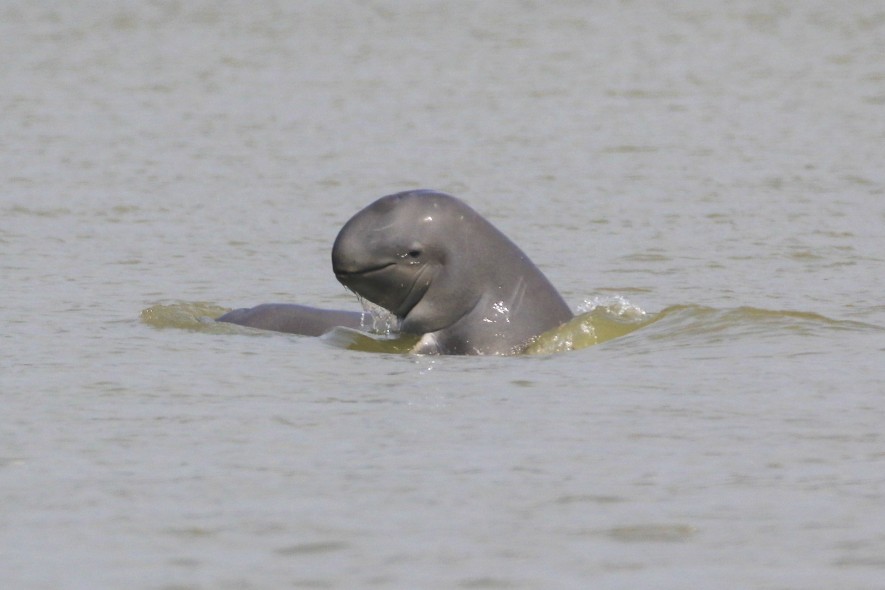
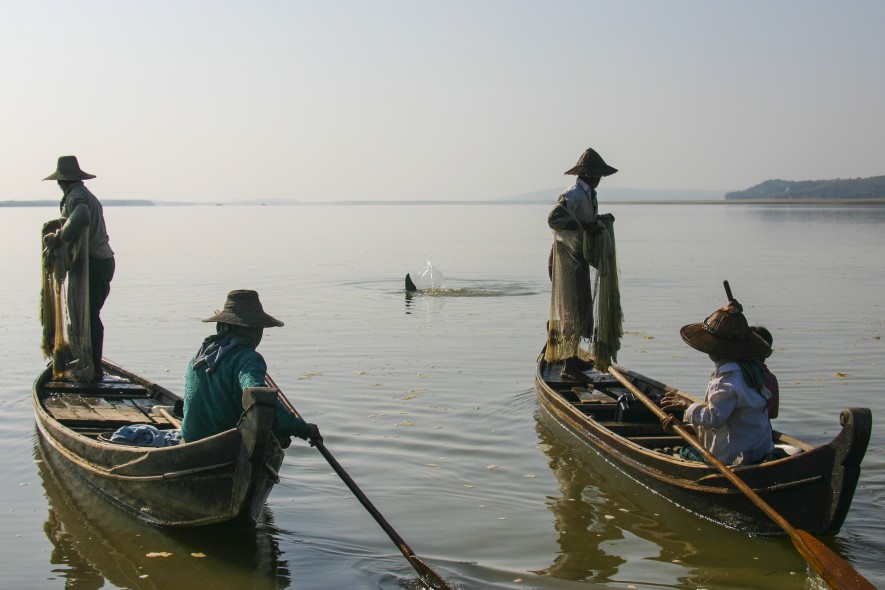
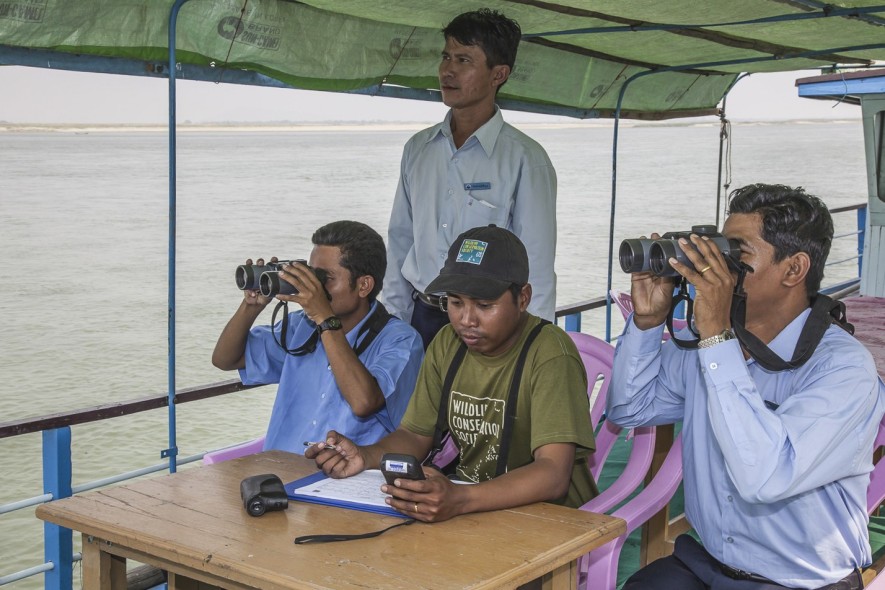
Implemented by

Financed by

Institutional partner(s)


Myanmar Climate Change Alliance
Building Climate Resilience through Local Adaptation Planning in Myanmar
